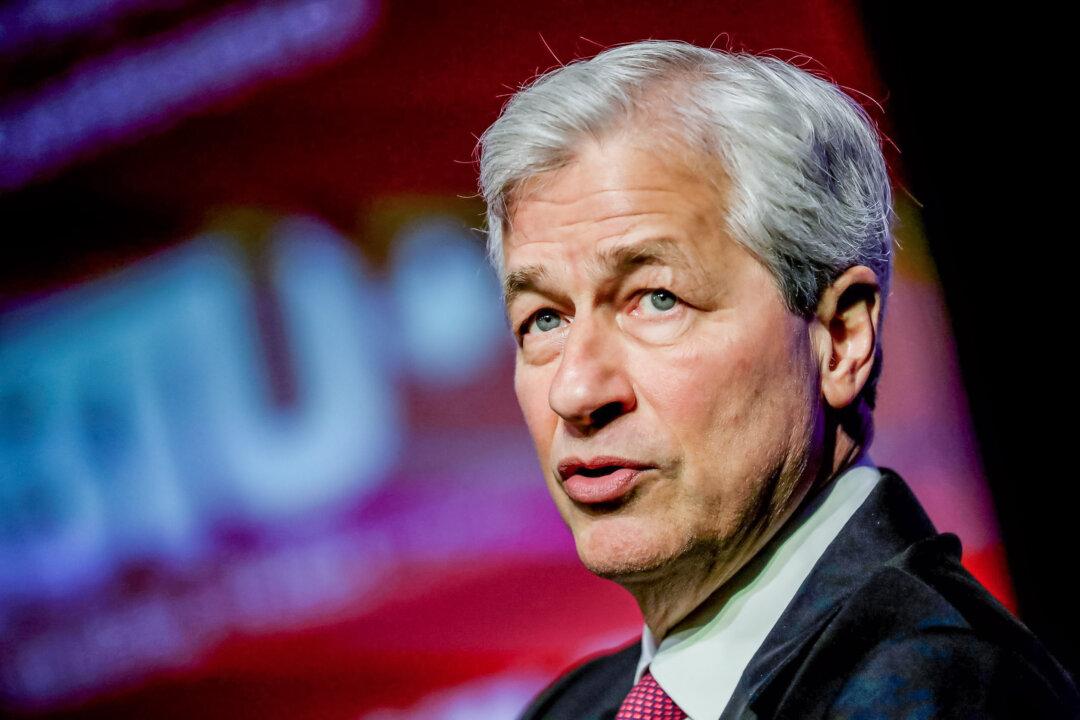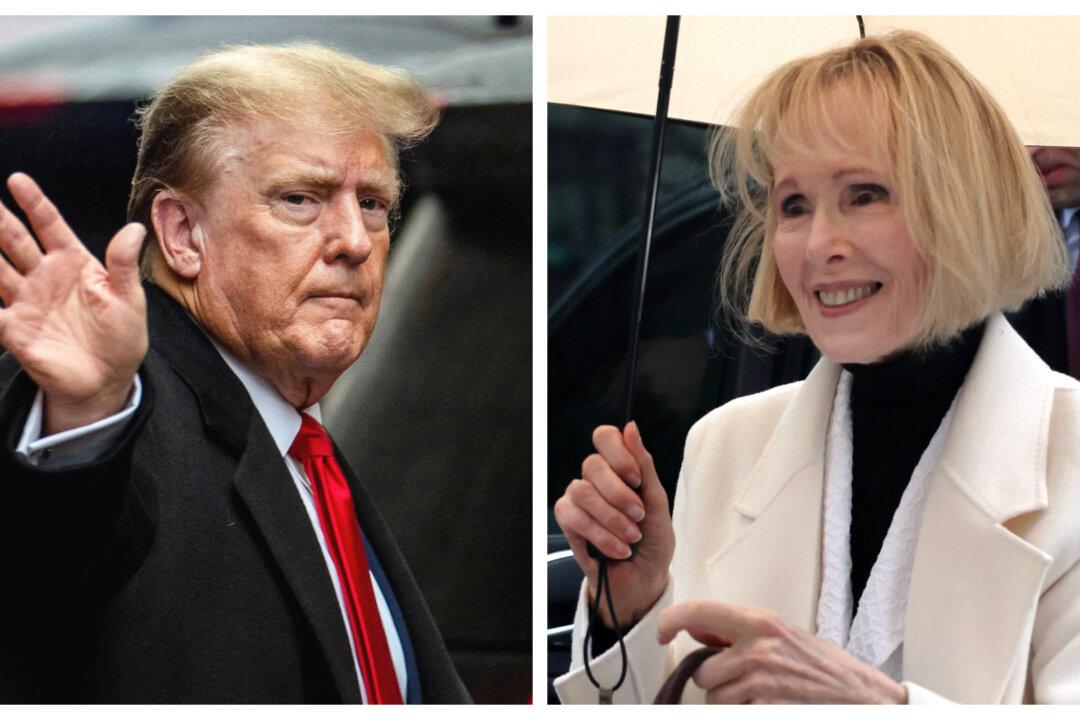British police have published a series of surveillance images tracking the movements of two alleged Russian agents who authorities say traveled to England to execute a nerve-agent attack on a former Russian spy and his daughter.
Sergei Skripal, a former colonel in Russian military intelligence who exposed dozens of agents to Britain’s MI6 foreign spy service, and his daughter, Yulia, were found unconscious on a public bench in Salisbury on March 4.
The Skripals survived the attack but only after being hospitalized for weeks in critical condition.
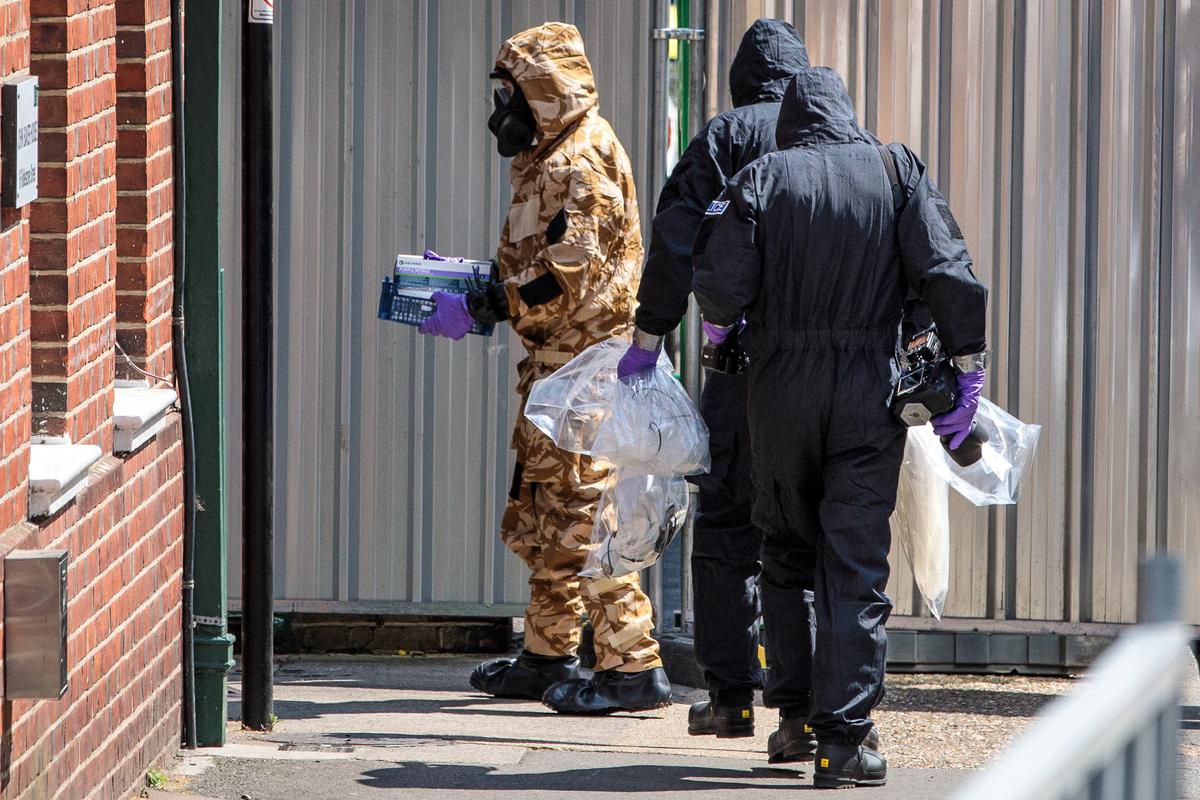
Russia’s top security officials routinely speak of active attempts by the CIA and other Western agencies to recruit Russians.
British Prime Minister Theresa May said in parliament on Sept. 5, that the attack on Skripal was “not a rogue operation” and must have been approved “at a senior level of the Russian state,” The Associated Press reported.
Allies of Britain issued a joint statement pledging to join May’s campaign against the Russian GRU spy agency.
Moscow has denied any involvement in the attack, with Kremlin spokesperson Dmitry Peskov calling May’s allegations that Russian senior leadership signed off on the hit on Skripal as “out of the question” and “unacceptable.”
A deadly Soviet-era nerve agent called novichok allegedly was smeared or sprayed onto the door handle of Skripal’s home in Salisbury.
In the nearby town of Amesbury, local mother-of-three Dawn Sturgess died and her boyfriend, Charlie Rowley, was sickened after they came across remnants of the poison in what appeared to be a perfume bottle.
Inconspicuously labeled as “Nina Ricci Premier Jour” and bearing the words “Made in France,” the bottle had been specially designed to be leakproof and had a custom applicator, UK Metropolitan police said.
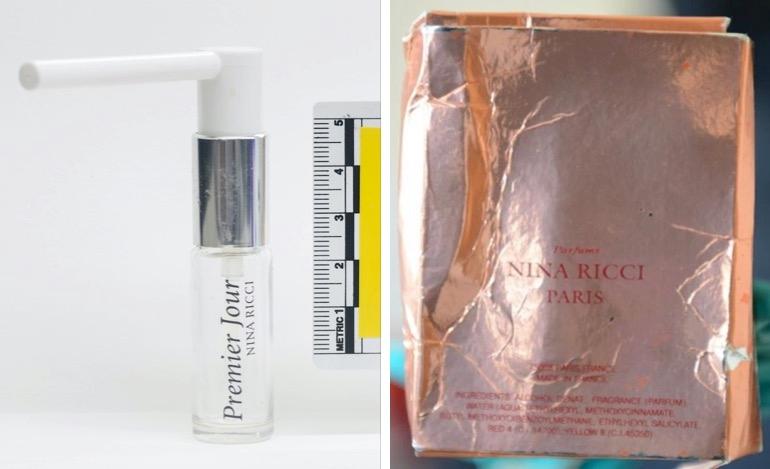
Supposed spy duo Alexander Petrov and Ruslan Boshirov are suspected of having brought the poison with them on a flight from Moscow, arriving at Gatwick Airport on March 2. The would-be assassins were caught on CCTV going through passport control: Boshirov with dark hair and a goatee, and Petrov dressed in blue and sporting stubble.
The following day, the suspects undertook what police said was a reconnaissance mission, traveling by train to Salisbury from London.
Cameras at the station again captured the two men, this time as they peered intently in the direction of a transit schedule, Boshirov clutching a pair of black gloves.
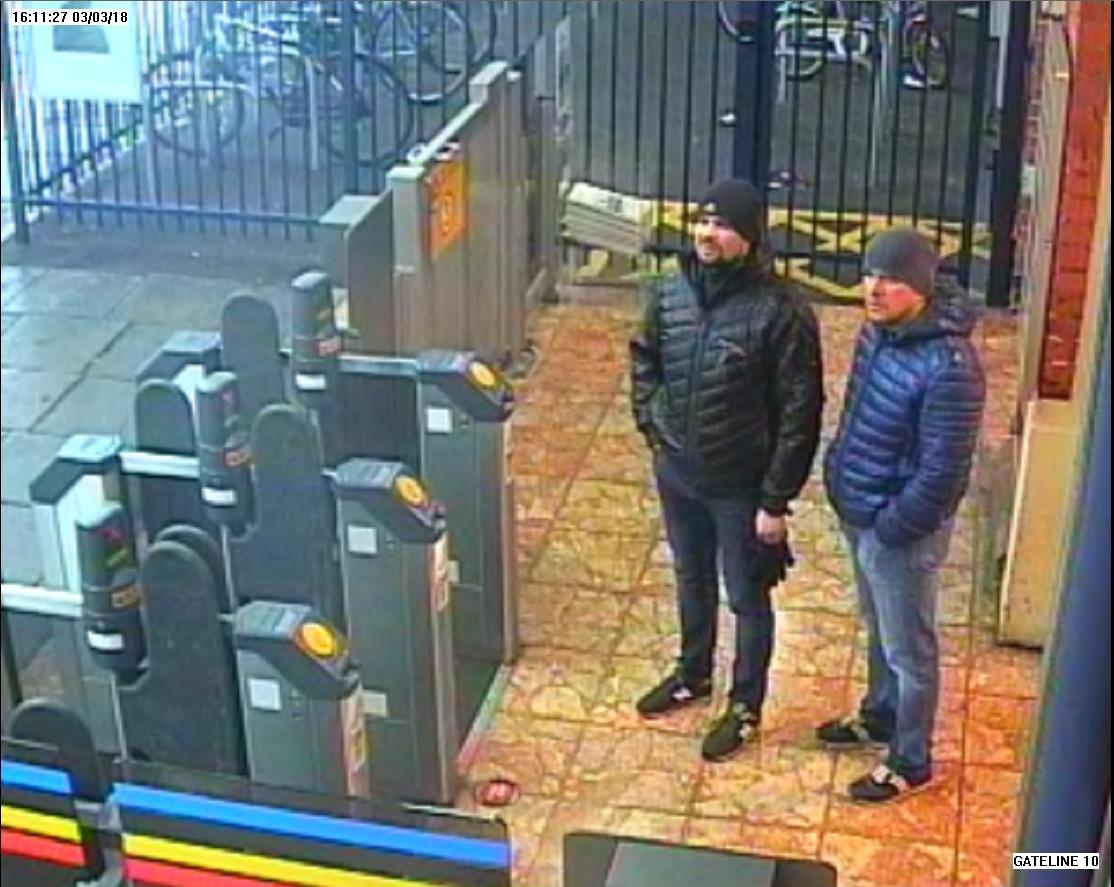
On March 4, the day of the alleged hit, the men again traveled to Salisbury, with CCTV capturing them walking side by side along a road not far from Skripal’s house.
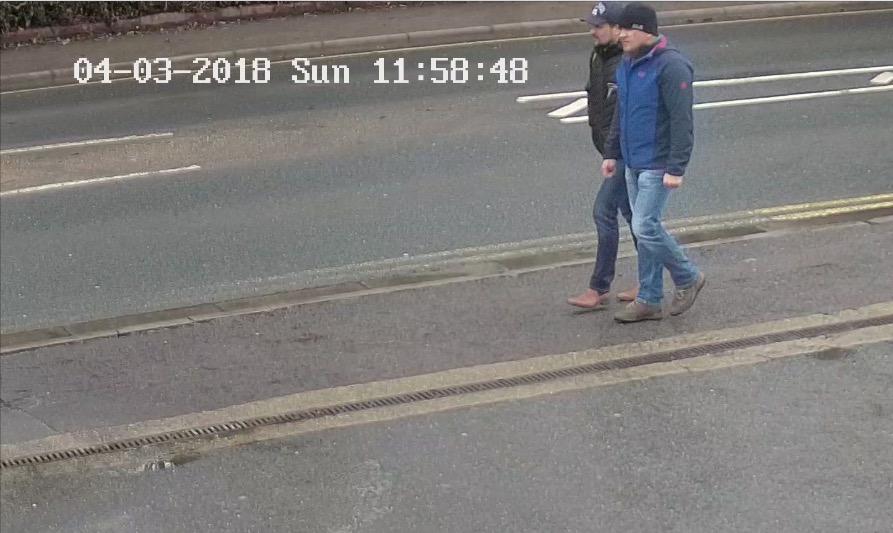
Police say the Russians then approached Skripal’s house and applied the novichok nerve agent to the door handle.
Soon after, the two were again recorded on surveillance cameras heading back to the station.
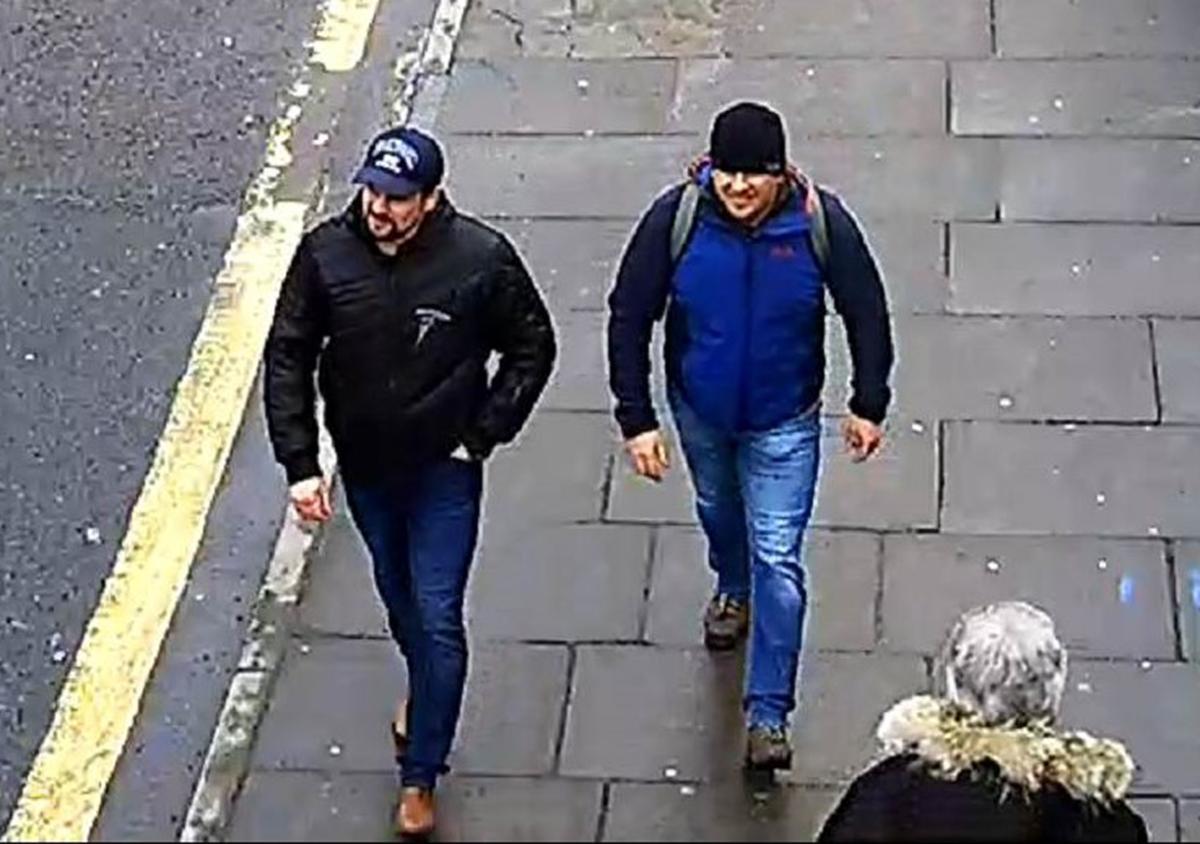
Detectives say that it was en route to catch the train back to London that the men disposed of the toxin-carrying perfume bottle, which ended up in the hands of Sturgess, who fell ill on June 30 and died in a hospital about a week later.
Several hours after the attack on the Skripals, the alleged Russian spies were once again caught on camera, this time at Heathrow Airport, preparing to depart.
In a telltale sign of state-level support, police say, their passports were authentic while their identities weren’t.
After that point, the surveillance trail went cold; the men’s whereabouts are unknown.
Boshirov and Petrov have been charged in absentia with conspiracy to murder, attempted murder and use of a nerve agent.

